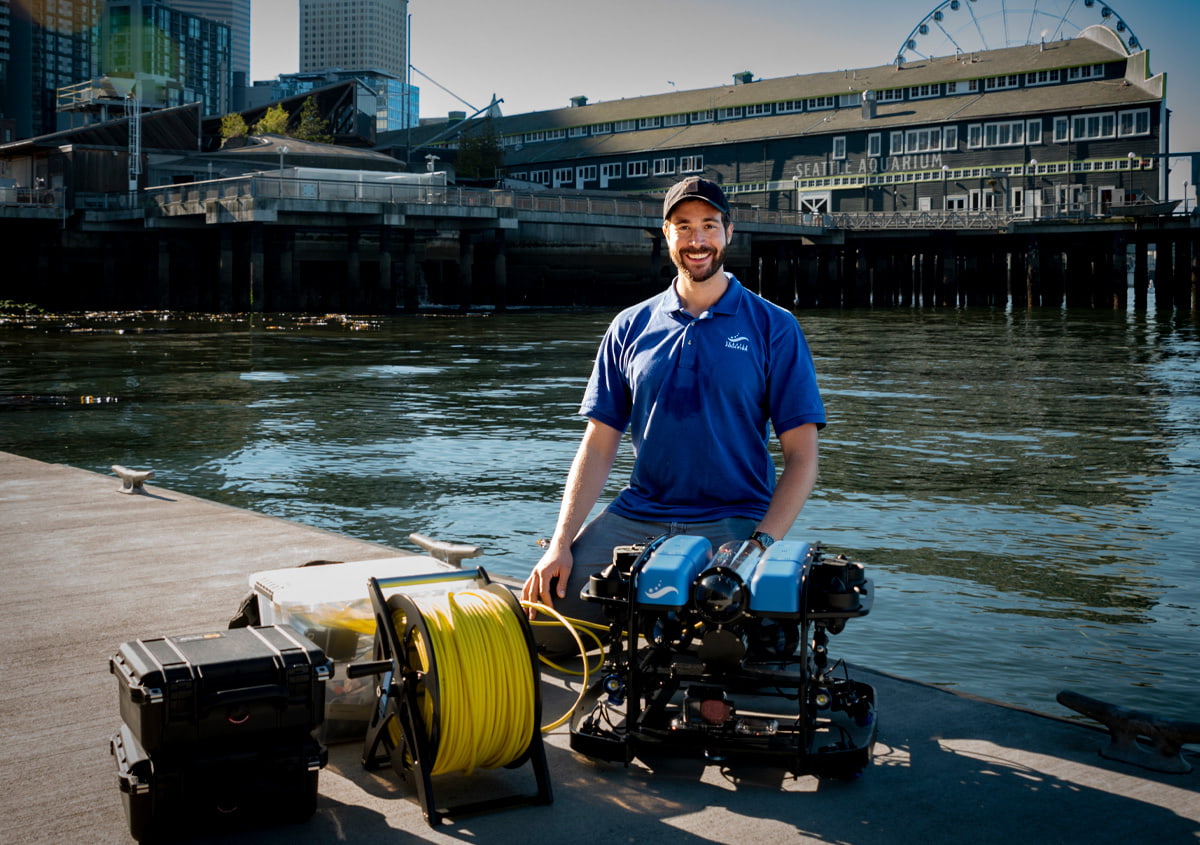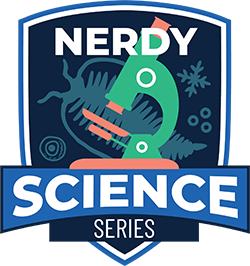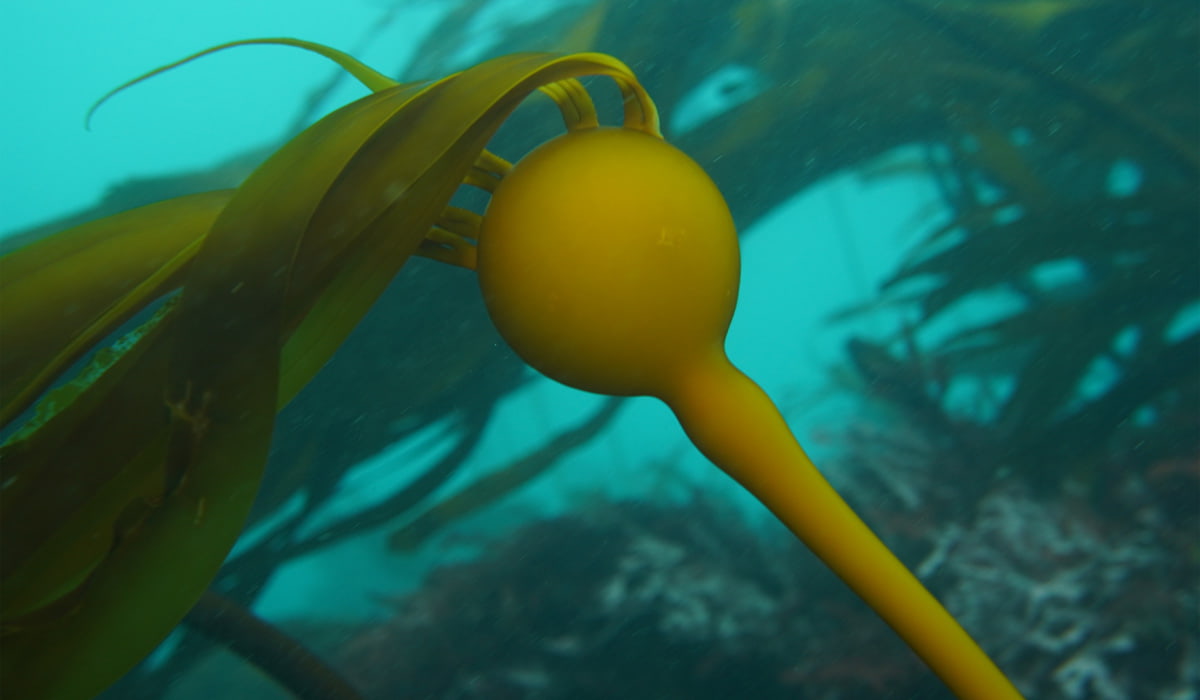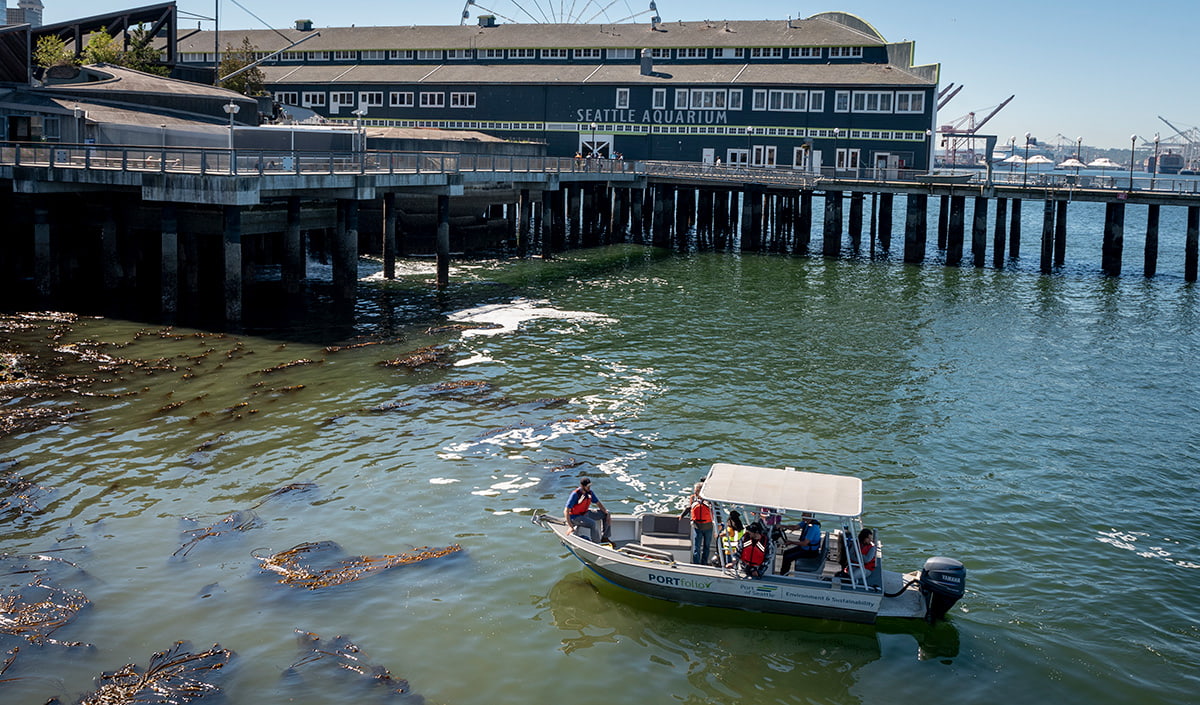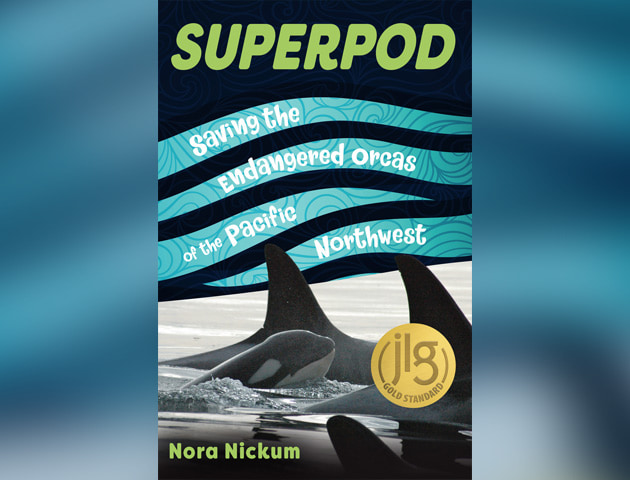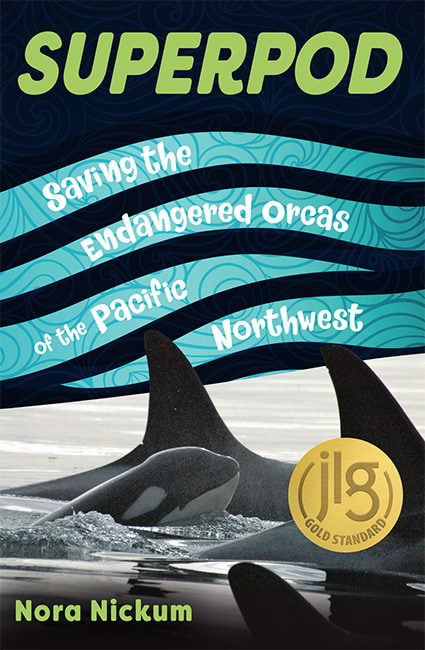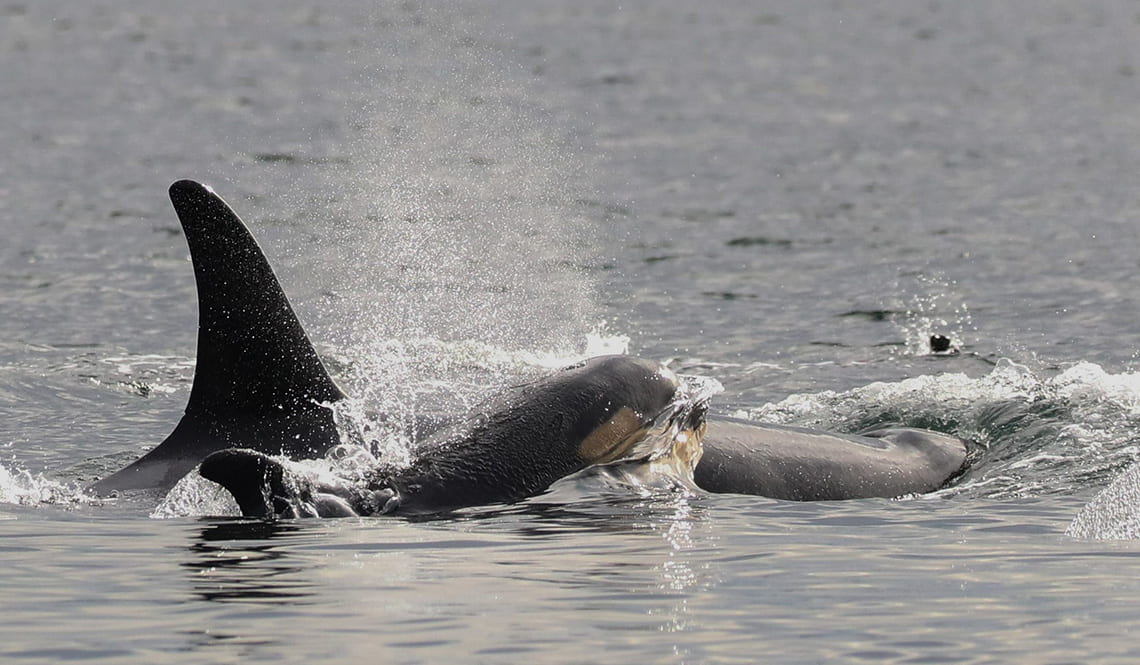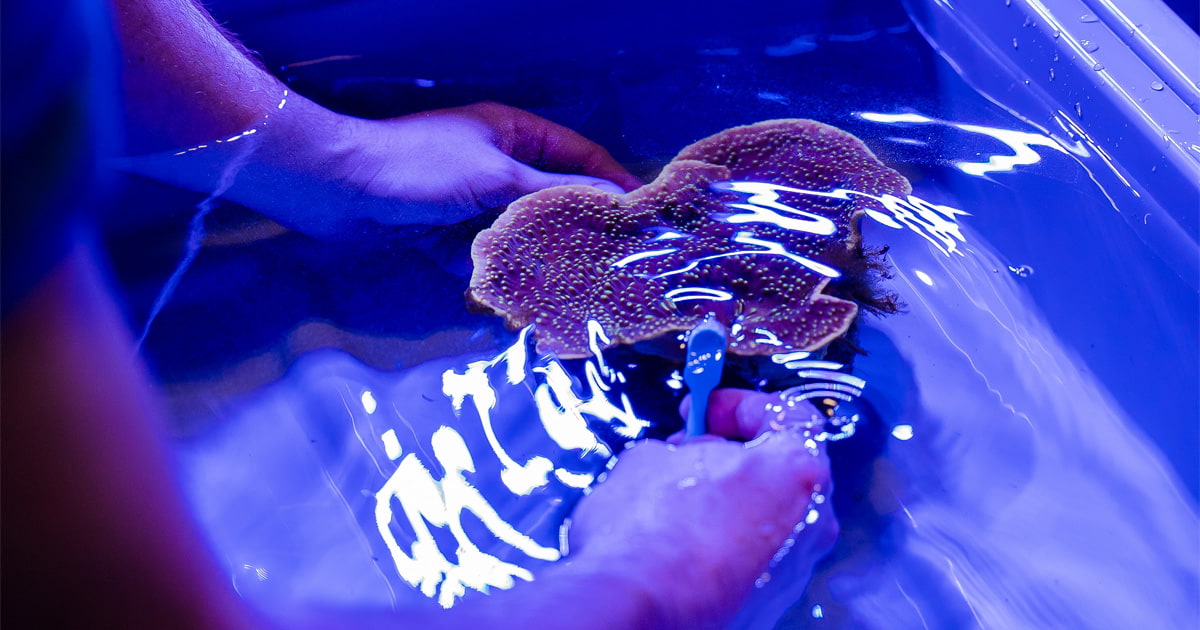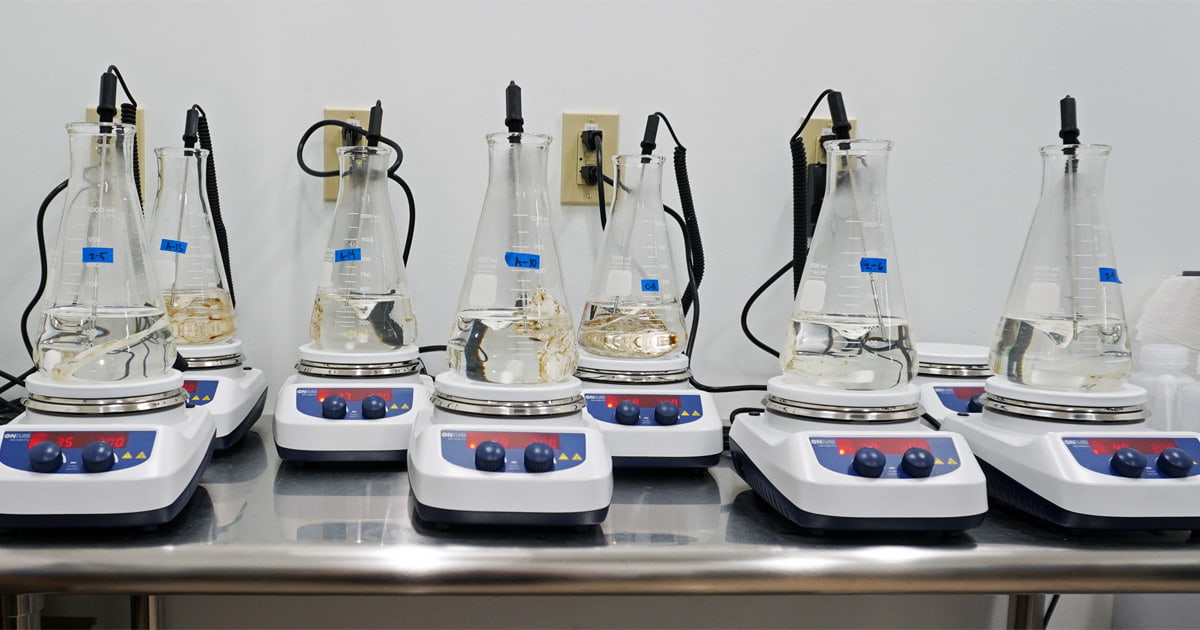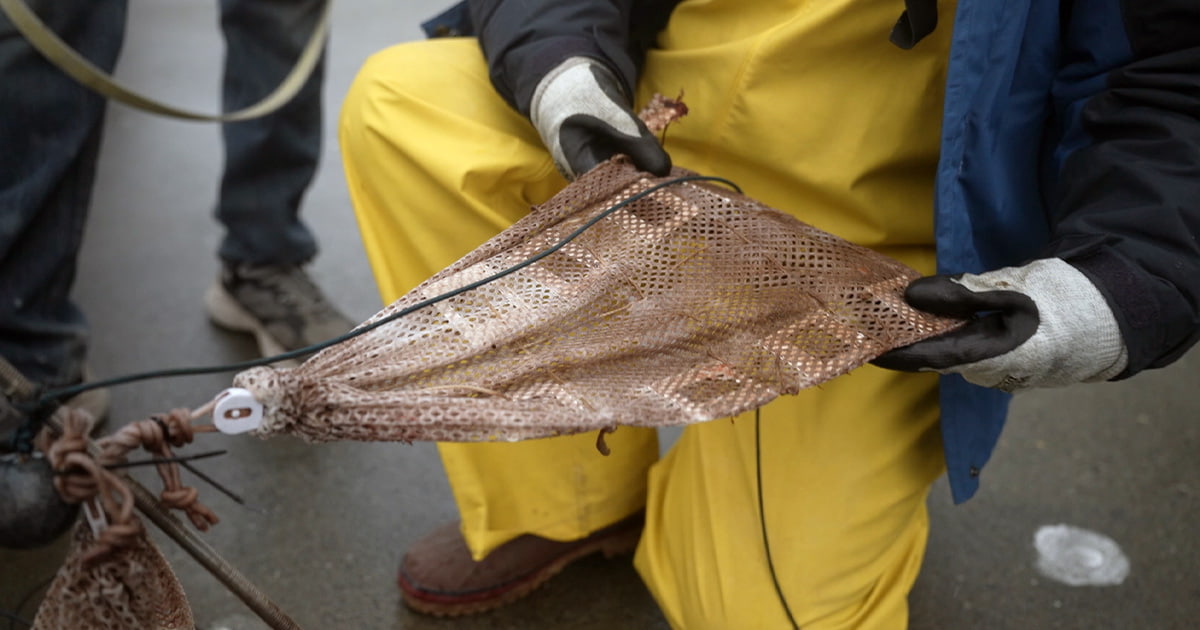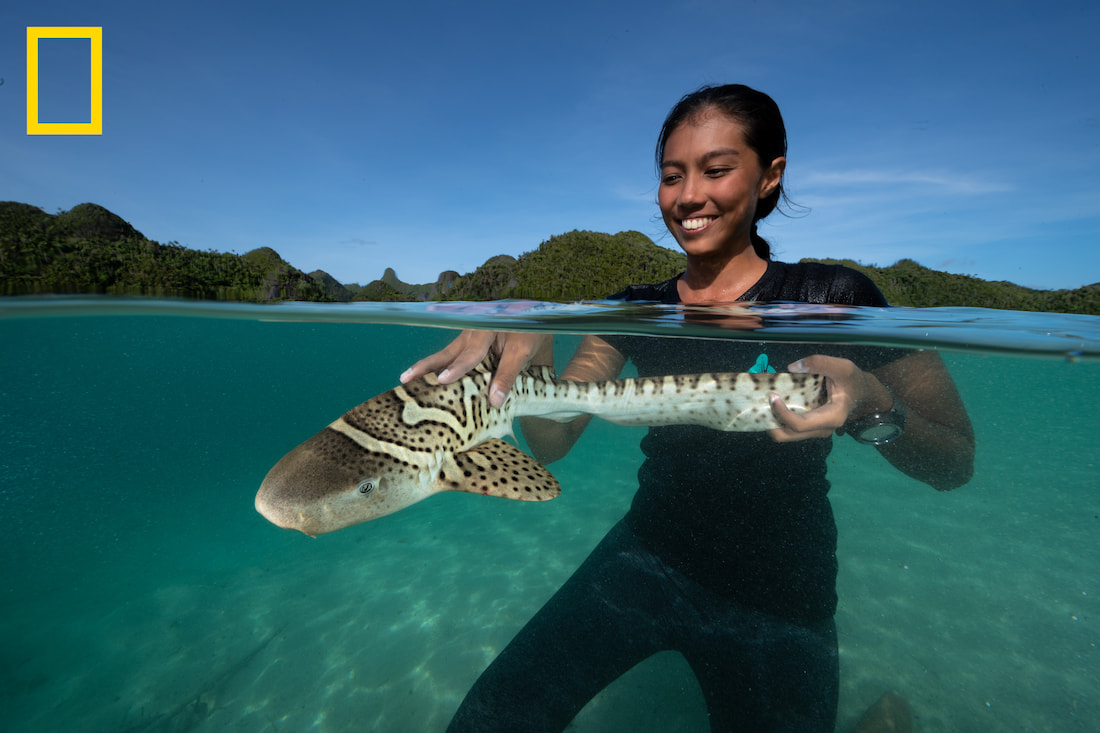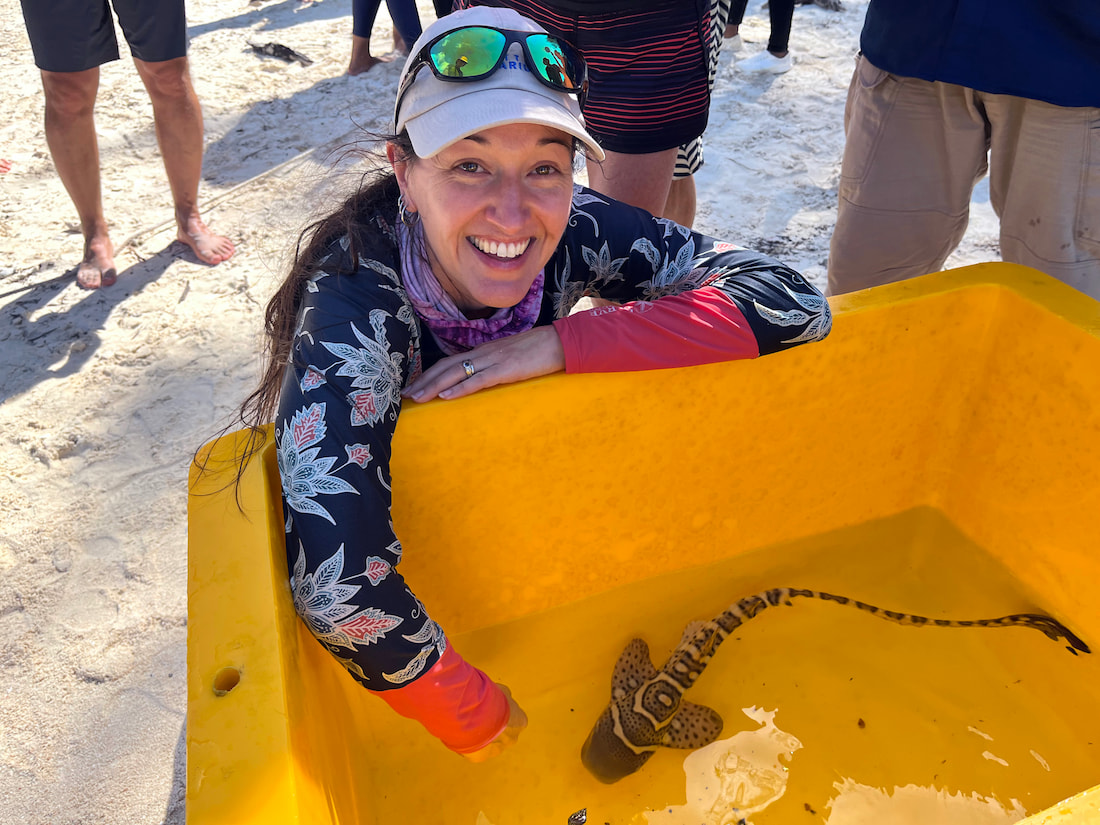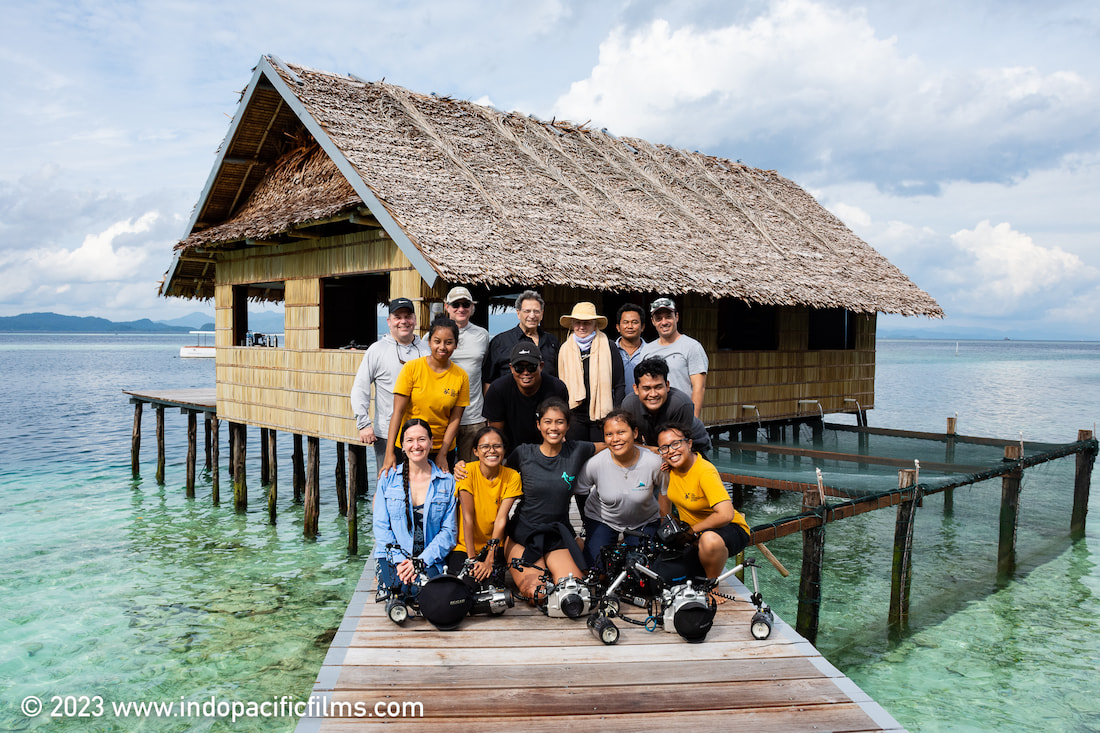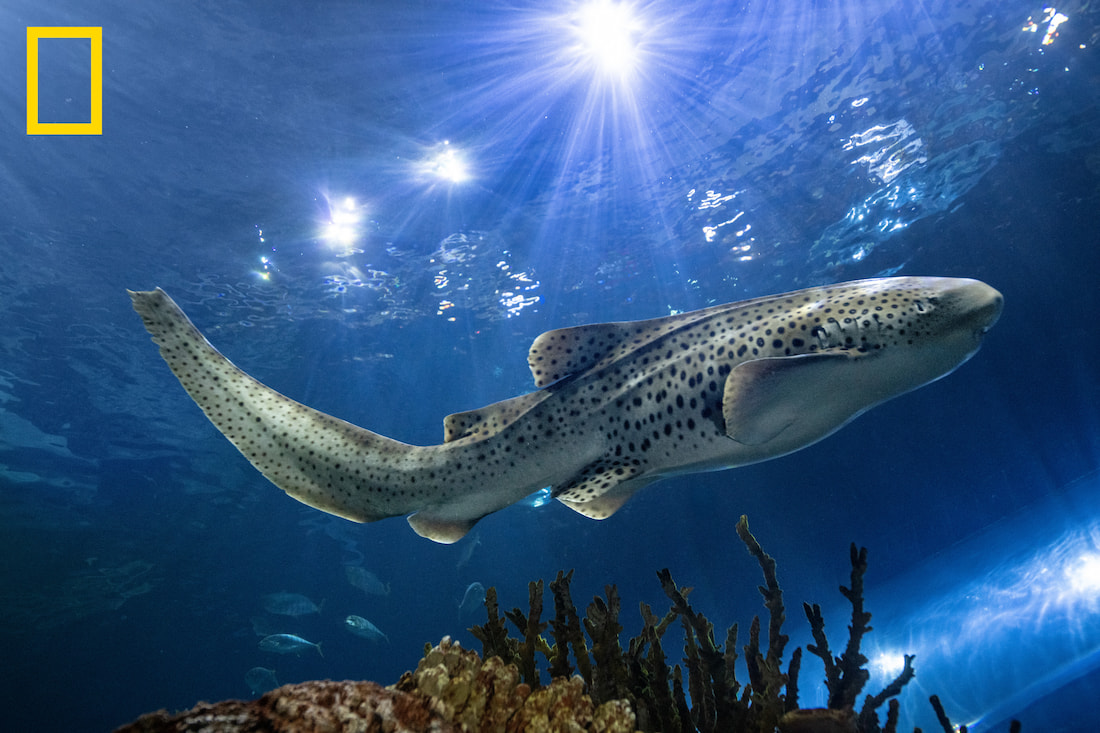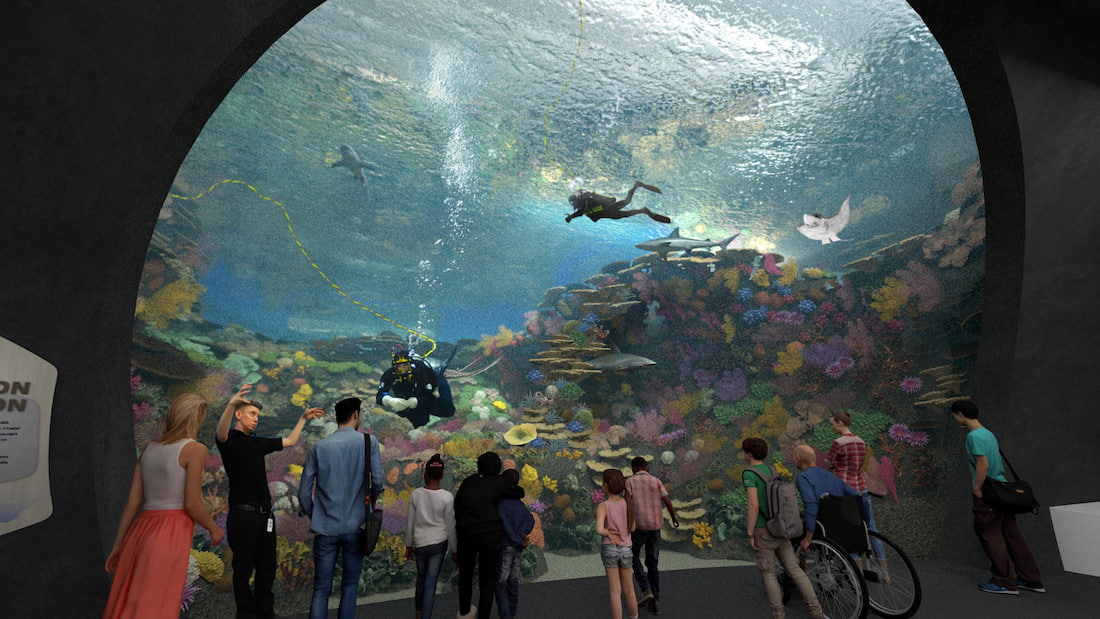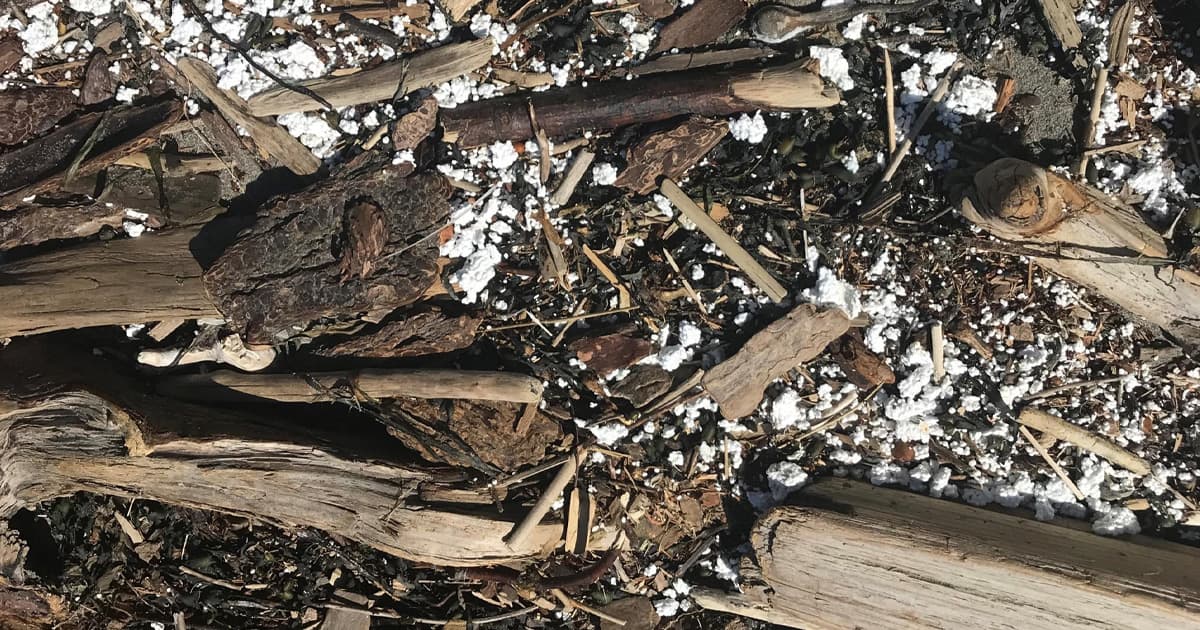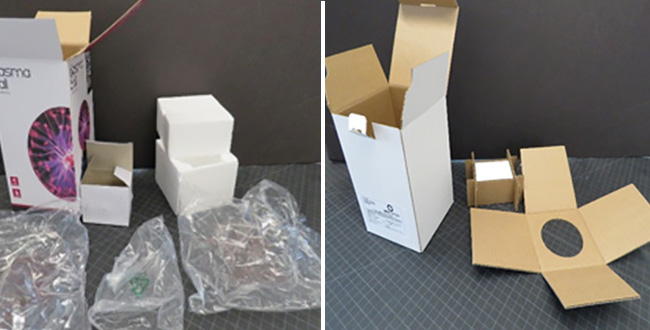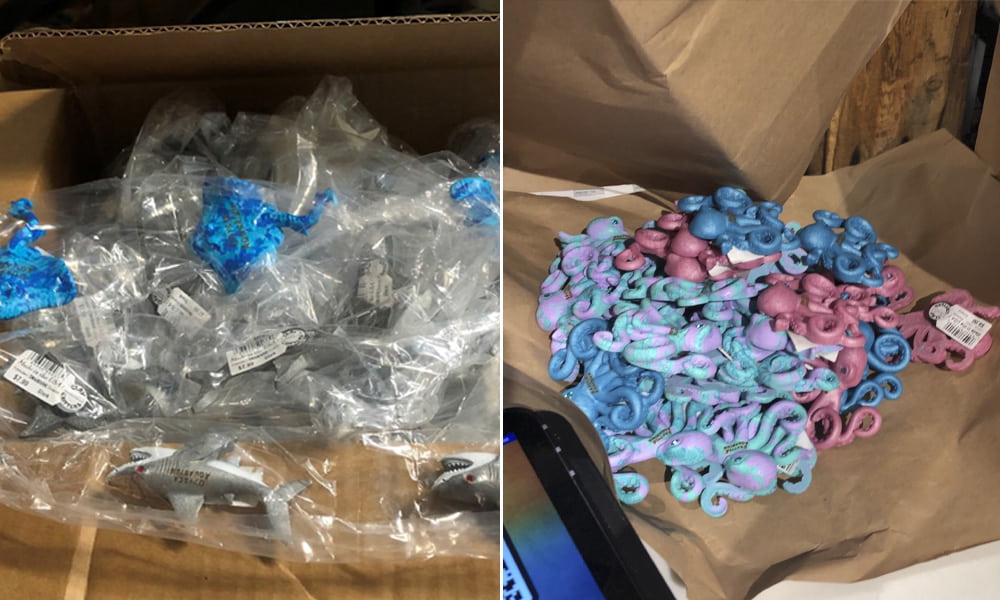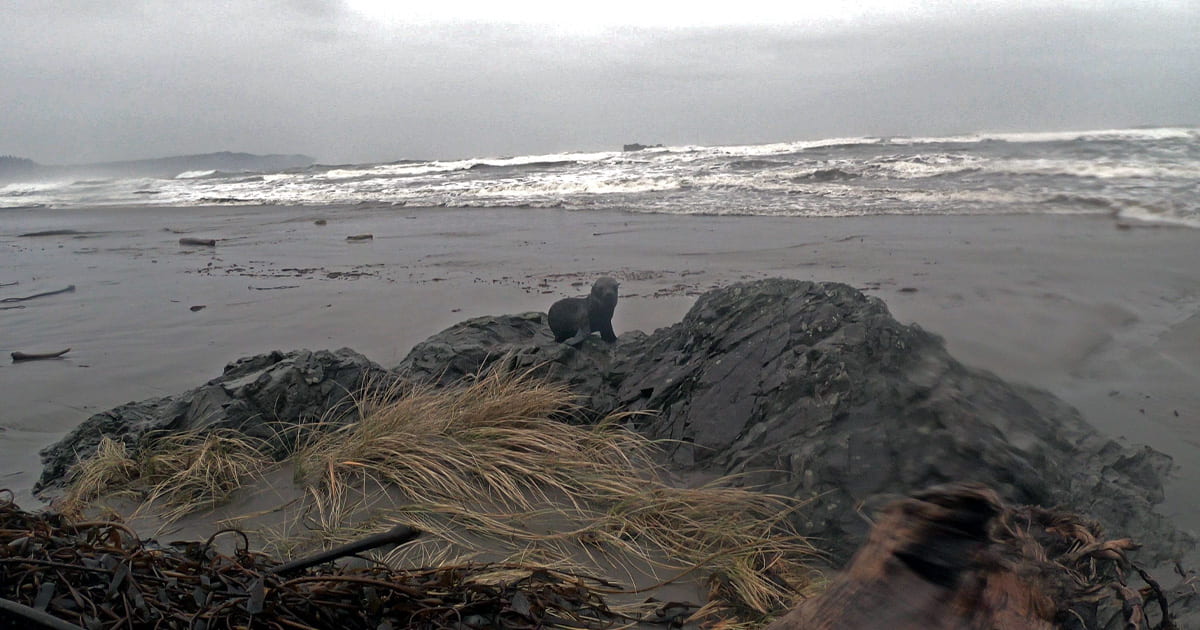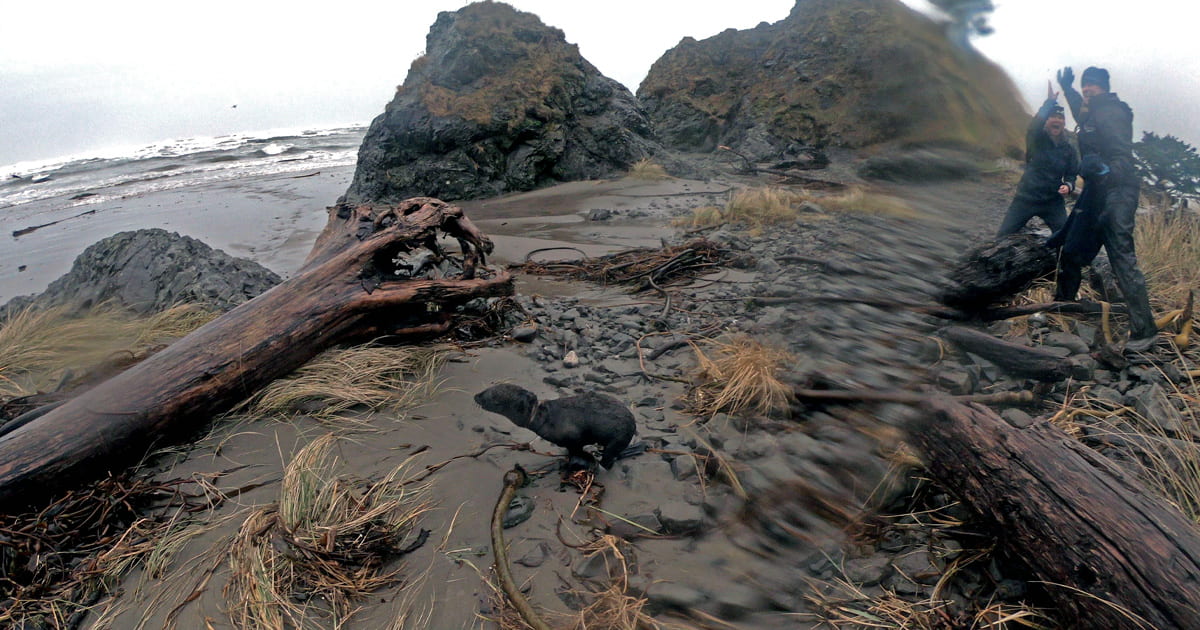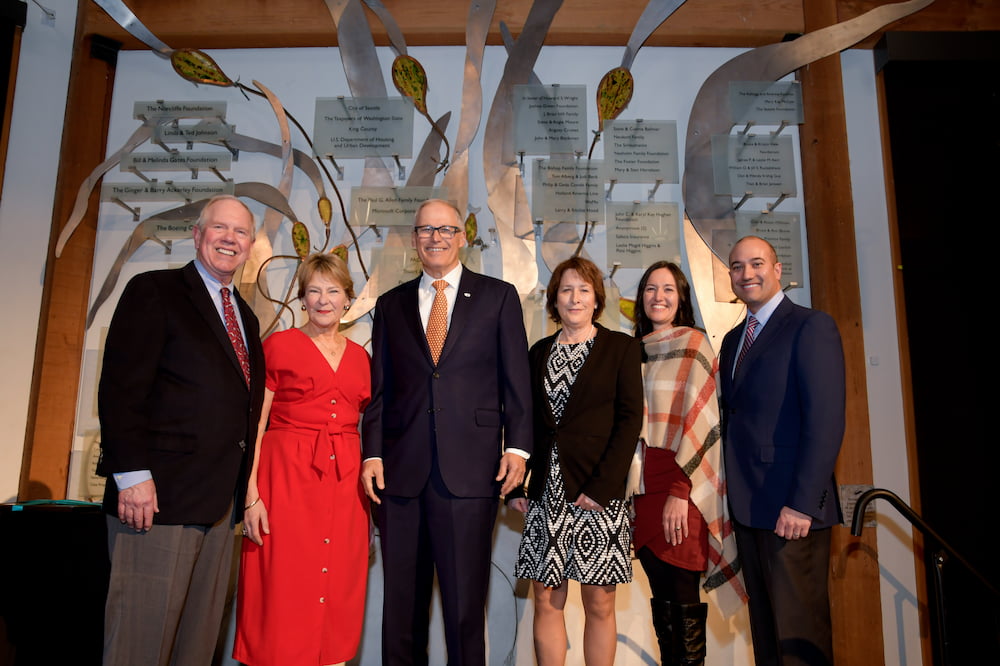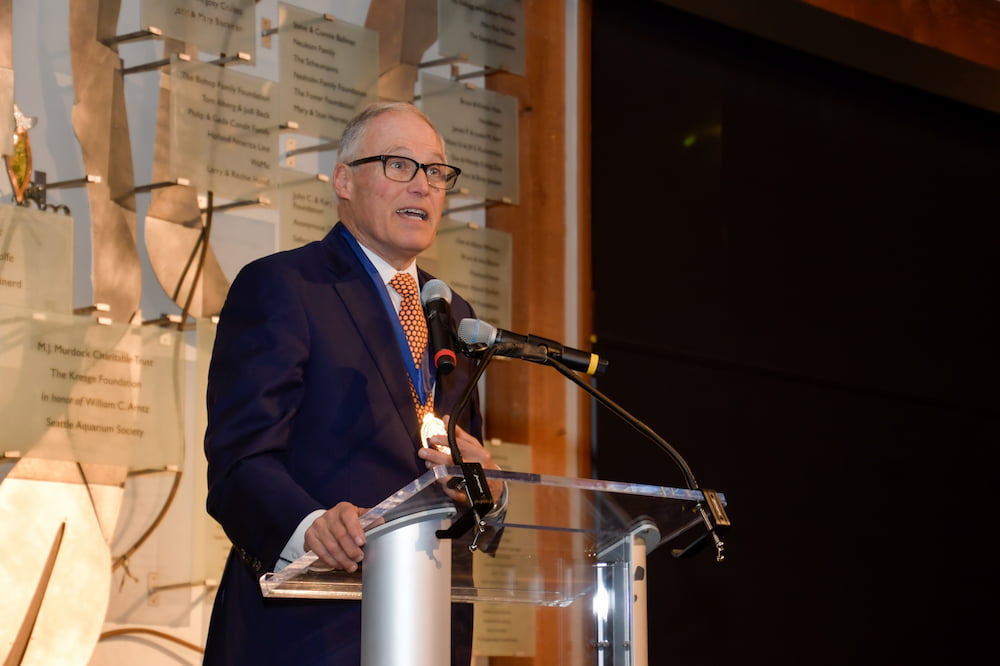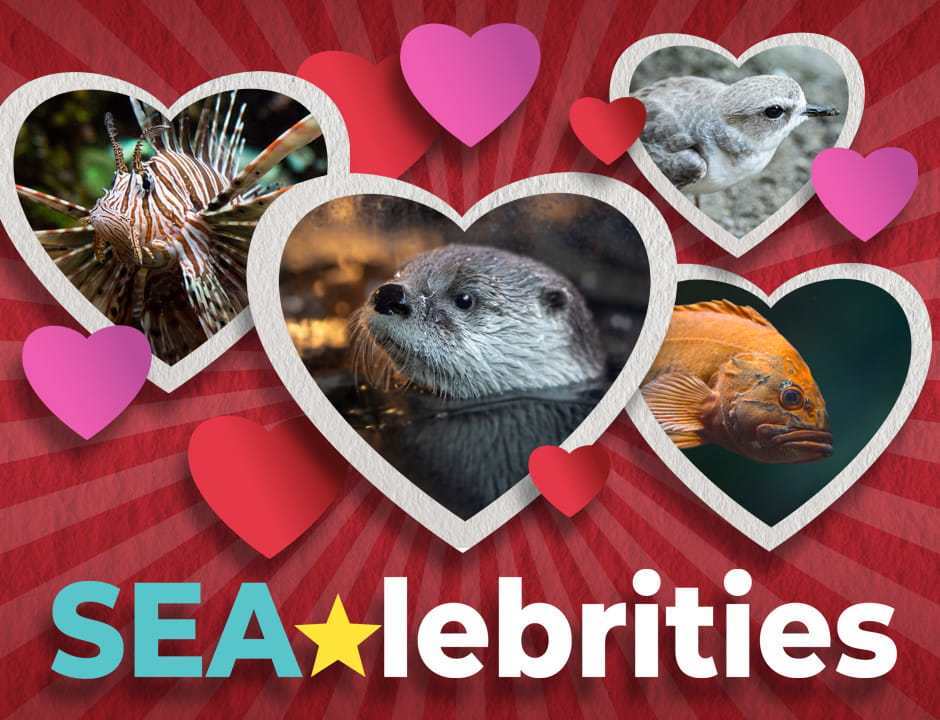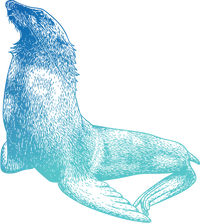Protecting ocean health: Report from the 2023 state legislative session
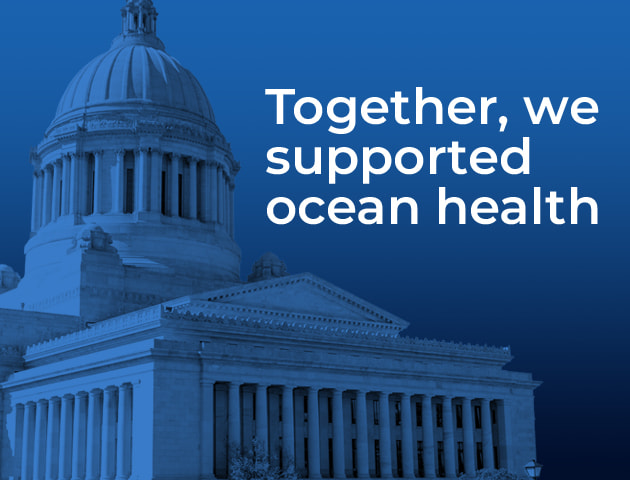
The Seattle Aquarium spent the 2023 state legislative session working hard to advance science-based policies to protect our marine environment. We’ve been signing in “pro” on key environmental bills, delivering testimony, sharing opportunities to take action with the Washington community and collaborating with legislators and partners across the state—and many of you joined us in speaking up! Please enjoy as we look back at highlights from this session and share a preview of future efforts.
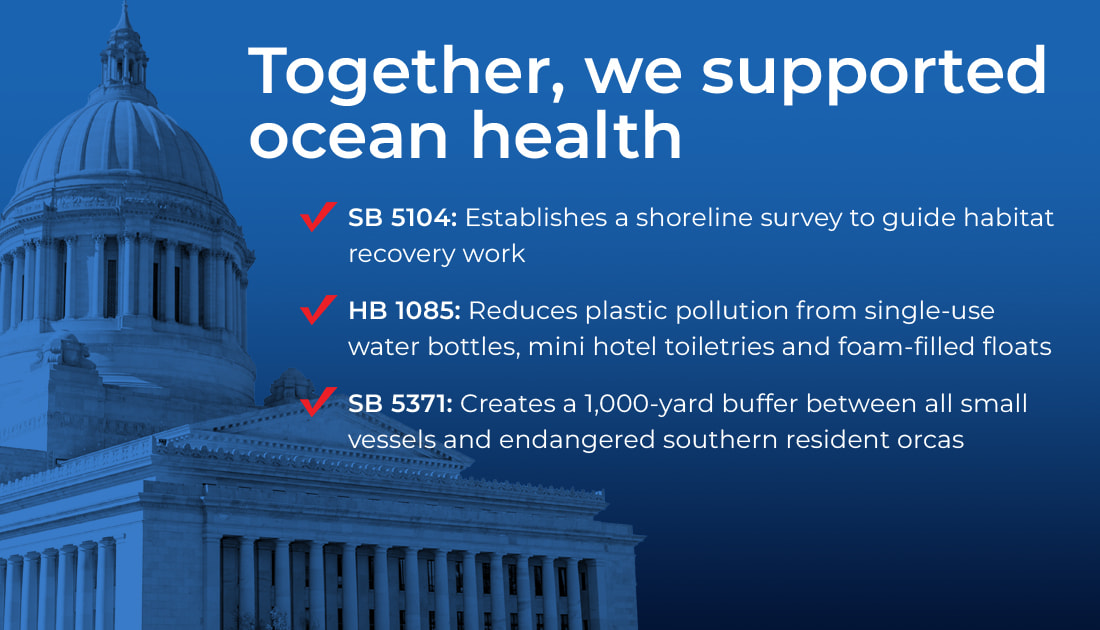
Session highlights
Reducing plastic pollution
We worked closely with our partners in the Plastic Free Washington coalition on HB 1085, which will make tangible reductions in three sources of unnecessary plastic waste—single-use water bottles, mini hotel toiletries and plastic foam-filled docks and floats. The bill:
- Requires that new buildings with water fountains also contain bottle-filling stations (making it easier to use reusable water bottles!).
- Phases out small plastic containers, wrappers and packaging for personal care products in hotels and other lodging establishments.
- Bans soft, film-wrapped polystyrene foam dock floats to reduce pollution in the environment.
Protecting salmon and nearshore habitat
With the passage of SB 5104, the Washington Department of Ecology will conduct a survey of marine shorelines on a regular two-year cycle using new technology to capture geo-referenced oblique aerial and 360-degree, on-the-water imagery. The information collected during these surveys will fill data gaps about marine shoreline conditions to enable strategic, targeted recovery actions to benefit salmon, orcas and the marine food web. We worked closely with partners and testified in support of this bill.
We’re grateful to the state legislature for including $14 million in funding for the Duckabush River Estuary Restoration Project in the budget this year. Going forward, we’ll continue to support efforts to secure the additional state and federal funding needed to restore this vital estuary, which is prime habitat for threatened summer chum and Chinook salmon.
Recovering southern resident orcas
We were part of the group of NGOs leading efforts to pass SB 5371, which will implement the Washington Department of Fish & Wildlife’s (WDFW’s) recommendation to create a 1,000-yard buffer from small vessels around the critically endangered southern resident orcas to help them forage more successfully and feed their young. The requirement takes effect in 2025, but you can help protect endangered orcas today by taking the voluntary pledge to keep 1,000 yards away from the southern residents at givethemspace.org.
We’re also celebrating that the operating budget includes ongoing funding for the Quiet Sound program, which will help reduce underwater noise and other impacts from large commercial vessels on endangered southern resident orcas.
Restoring biodiversity
We’re grateful to the state legislature for including $23 million in funding this biennium for WDFW’s Recovering Washington’s Biodiversity project. Senior Ocean Policy Manager Nora Nickum advocated for this funding with partners at a lobby day in Olympia. In meetings with senators and representatives, Nora highlighted pinto abalone recovery as one of the priorities that would be supported by this funding.
Advancing climate action
The Seattle Aquarium supported bills to address climate change, including HB 1181, which requires local governments to incorporate climate resilience into comprehensive plans. We’re also taking action in our own operations under our regenerative plan.
Cultural access
After three long years, cultural access legislation finally passed in Olympia. We supported and advocated for HB 1575, which would provide local governments with additional tools to support cultural access programs—many of which were hit hard by the COVID-19 pandemic. This bill allows cities or counties to implement a cultural access program by a public vote of the people or a vote from the majority of their city or county councils.
This new bill will help the Seattle Aquarium expand on the work we do already with our Connections program and help enhance our public partnerships and education programs to help broaden our reach within communities throughout the state.
Capital budget request
We are thrilled to have received $3 million in the capital budget for the Ocean Pavilion. This expansion of the Seattle Aquarium, located in the heart of Seattle’s new waterfront park, will provide a pedestrian connection to Pike Place Market, revitalize our neighborhood and place conservation at the center of our city. The Ocean Pavilion is scheduled to open in June 2024.
The road ahead
While we were able to make strides on several ocean health priorities, there’s still work to do. The Seattle Aquarium will continue to work with our partners toward producer-responsibility legislation for packaging (like this year’s WRAP Act).
In the next legislative session, we’ll also continue working to pass measures to report embodied carbon emissions in infrastructure projects (Buy Clean and Buy Fair) and to enable small businesses to repair electronics, which will help limit the need for new materials that may be sourced through harmful practices like seabed mining (Fair Repair Act).
In the meantime, we’ll continue to advocate for national policy priorities—including reducing plastic pollution and waste, and recovering biodiversity. Visit our Policy and Act for the Ocean webpages for the latest news and action opportunities.
Thank you!
Thank you to Rep. Berry, Rep. Lekanoff, Sen. Lovelett, Rep. Mena, Sen. Rolfes and Sen. Salomon for their leadership on these important pieces of legislation.
We also want to send a huge thank you to everyone who took part in our action alerts and spoke up for ocean health! If you didn’t receive action alerts, please consider joining our policy email list.
